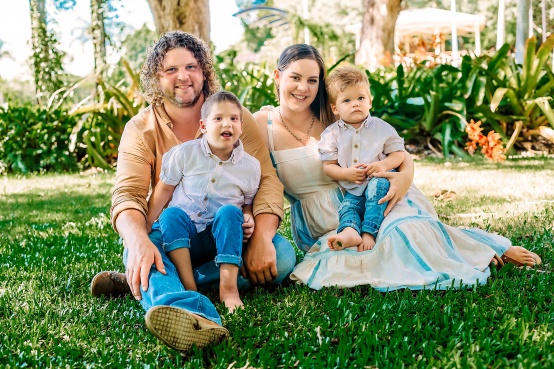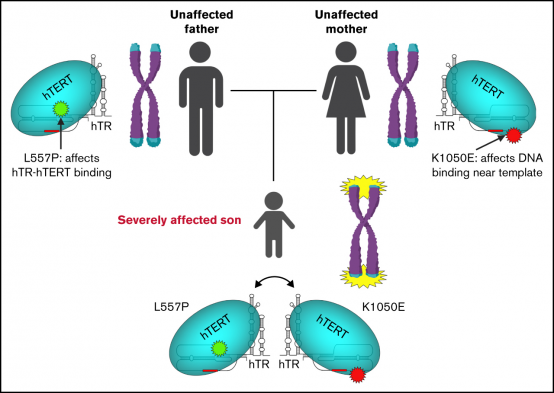Patient Story
Grayson's legacy
3 min read 30 June 2022
Family's loss yields new understanding of rare genetic disorder The family of a boy who died of a rare genetic disorder is grateful scientists were able to pinpoint the cause of his rapid deterioration. The discovery has already helped his baby brother, and will impact future generations. Grayson Little had Dyskeratosis Congenita, a disorder of telomere biology. Tragically, he died at age five after two bone marrow transplants. Seeking answers, his parents Rachel and Leighton Little joined a study led by Children’s Medical Research Institute (CMRI) in Sydney and Peter MacCallum Cancer Centre. “Research helped us to get a diagnosis and understand a condition that no one seemed to, and it allowed us to plan to extend our family, as well as to educate the rest of our family about the risks to them,’’ Rachel says. “It is important to us that we also help others. I don’t want anyone else to feel alone like we did.’’ The findings are published in the latest edition of the journal Blood Advances. The research team was led by CMRI's Head of Cell Biology Unit Professor Tracy Bryan, who is a leading international expert on telomeres. These are the protective caps at the end of a string of DNA, and Grayson's healthy parents both carry a mutation in a gene critical for telomere function. “Each of us has two copies of the gene, and Grayson’s parents happen to carry a different mutation in one copy of the gene,’’ says Professor Bryan, “so they each have one normal copy and one copy with a mutation”. “Both of the copies inherited by Grayson had a mutation … while his parents who each had only one faulty copy of the gene were unaffected. “Our colleagues at Peter Mac alerted us to the presence of the two mutations in Grayson’s DNA, but because these mutations had never been seen in patients before no-one knew what effects they were having.” Each mutation inherited by Grayson affected a different property of telomere function, and their combined impact was unexpectedly severe. It led to bone marrow failure, and inability to make new blood cells. “Our findings have already had an impact on the family, allowing them to have a healthy baby brother to Grayson, and the results emphasise to researchers and clinicians in this field of medicine the importance of analysing combined mutations to reveal their full effect,” Professor Bryan said. “Of course, while this work has given the family an understanding of what caused Grayson’s illness, we are devastated that there was nothing more that could be done to save him.” Peter Mac's Dr Piers Blombery said the findings would help other patients and families who carry these mutations, and were a step towards better treatments for the genetic disorder. “Increasingly we are able to pinpoint the genes driving an individual patient’s illness - including cancers but also inherited genetic disorders,” says Dr Blombery who is medical lead of Peter Mac’s molecular haematology laboratory. "Using this knowledge we can divert patients to existing treatments that may work better for them, or develop entirely new treatment approaches." The study was a collaboration between CMRI, Peter Mac and also Royal Brisbane and Women’s Hospital (Brisbane), and RMIT University in Melbourne. Work was also performed by Aram Niaz and Dr Lisa Riley from the Rare Disease Functional Genomics laboratory supported by Luminesce Alliance, a joint venture between CMRI, Sydney Children’s Hospital Network, the Children’s Cancer Institute, the University of Sydney, and the University of New South Wales.


